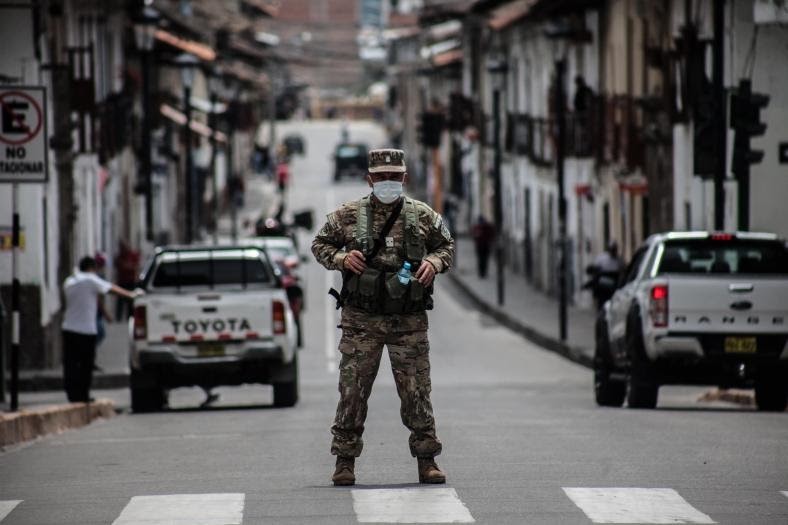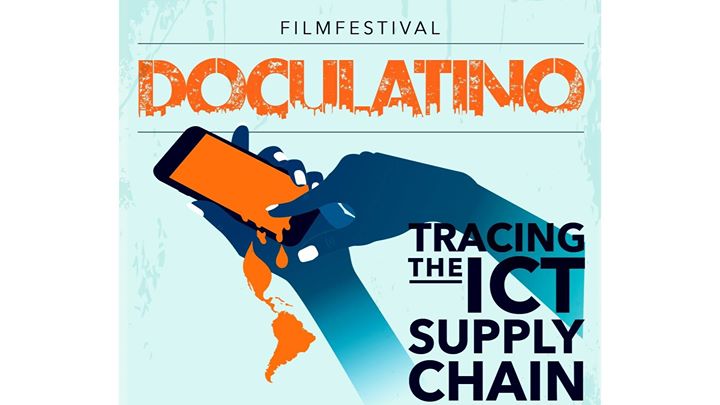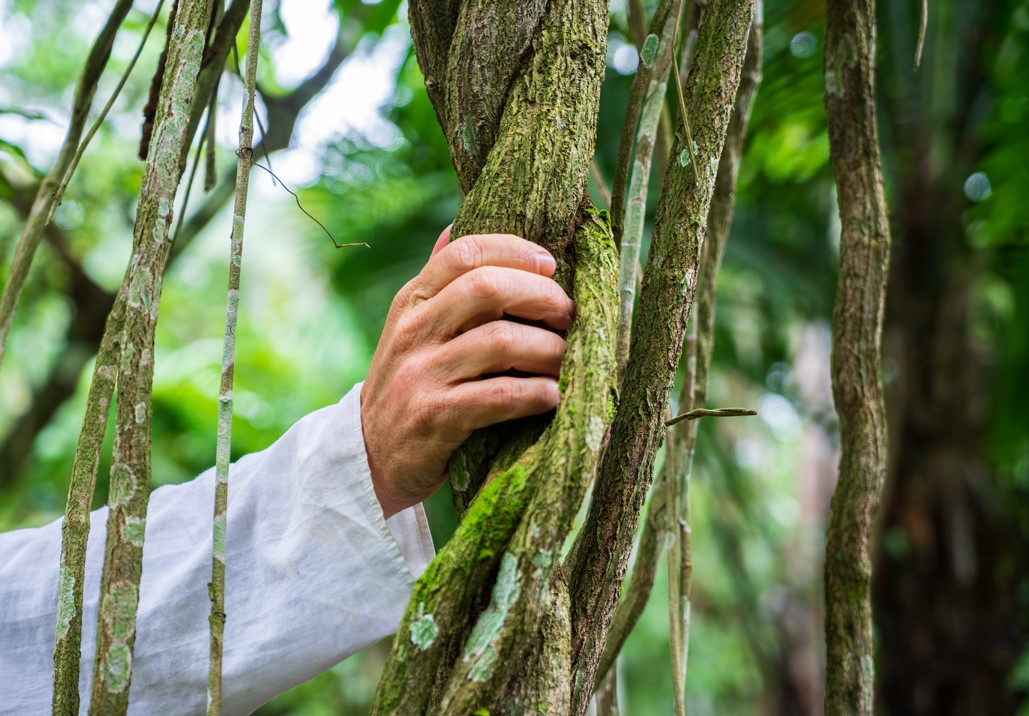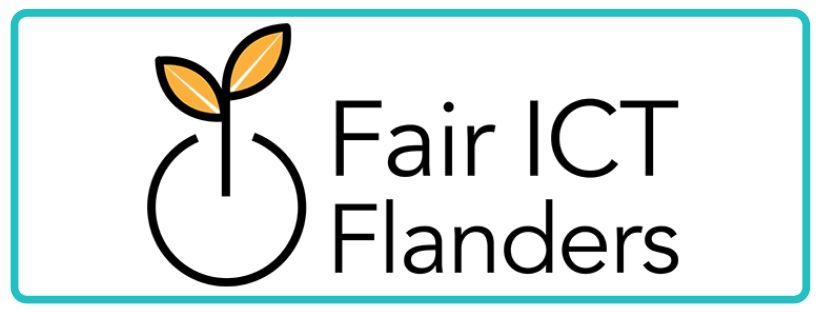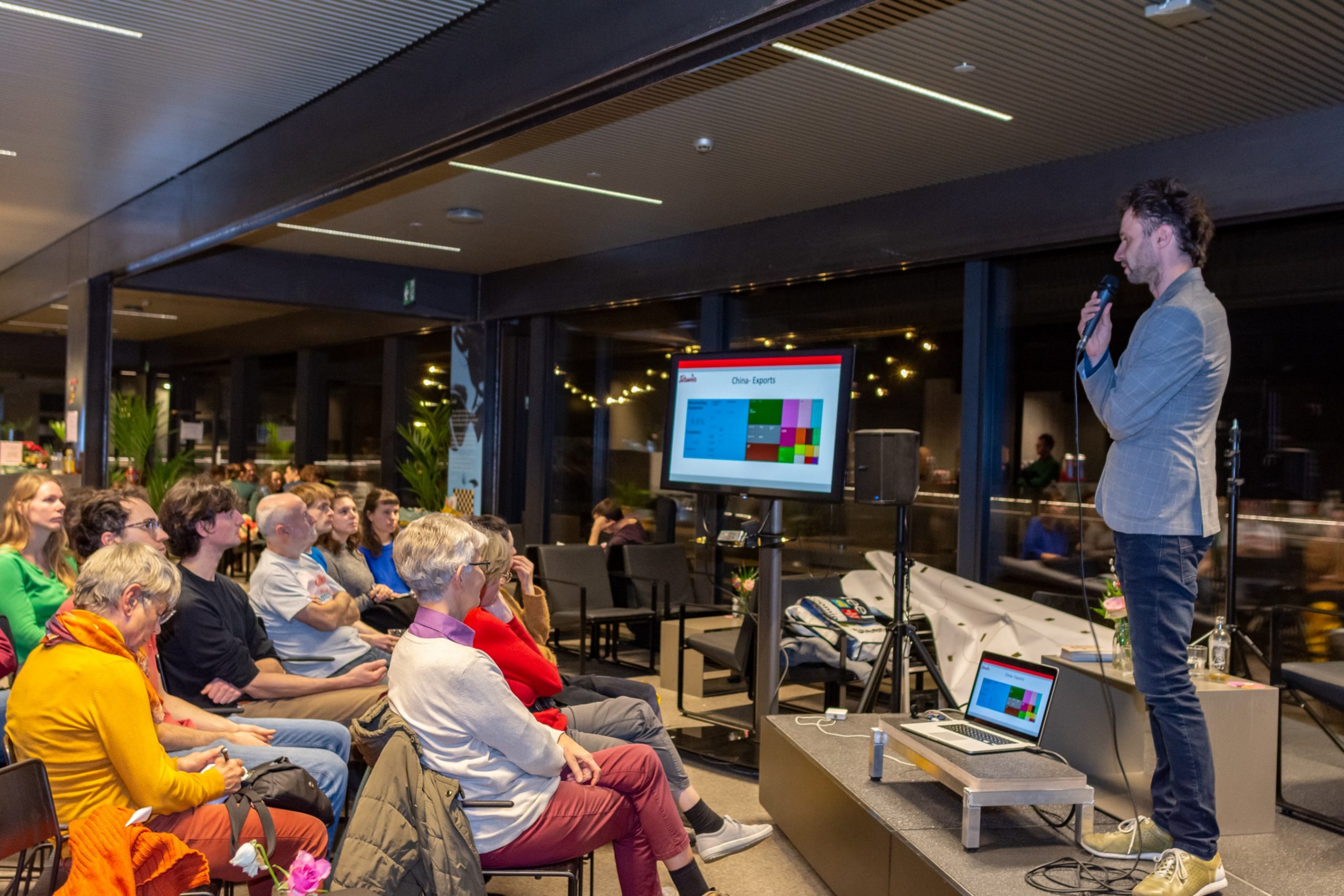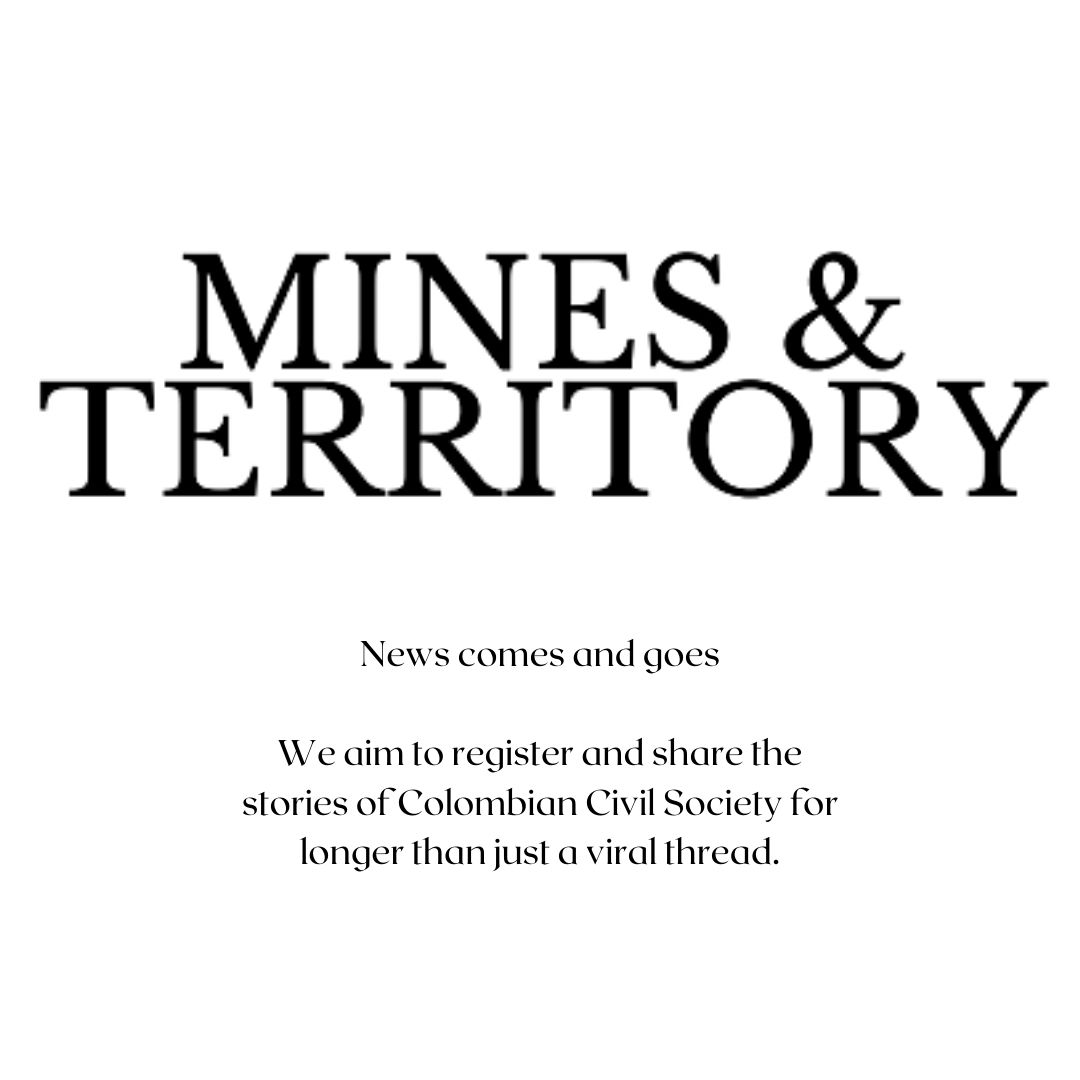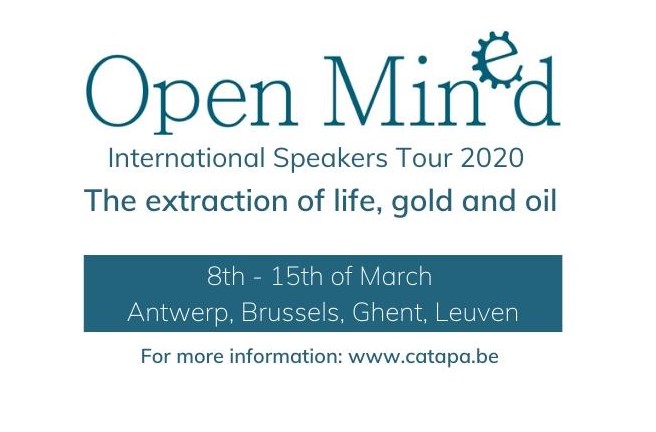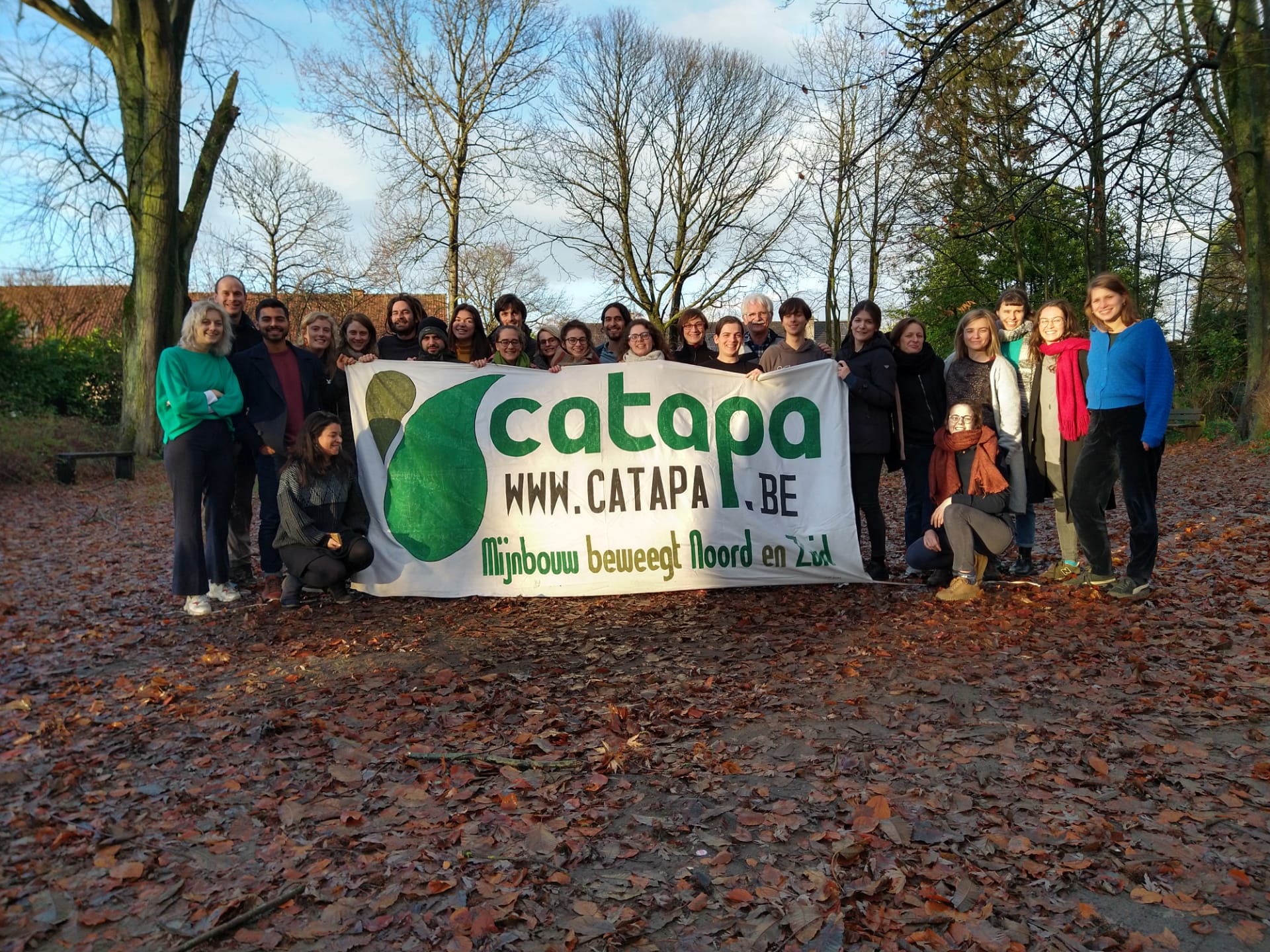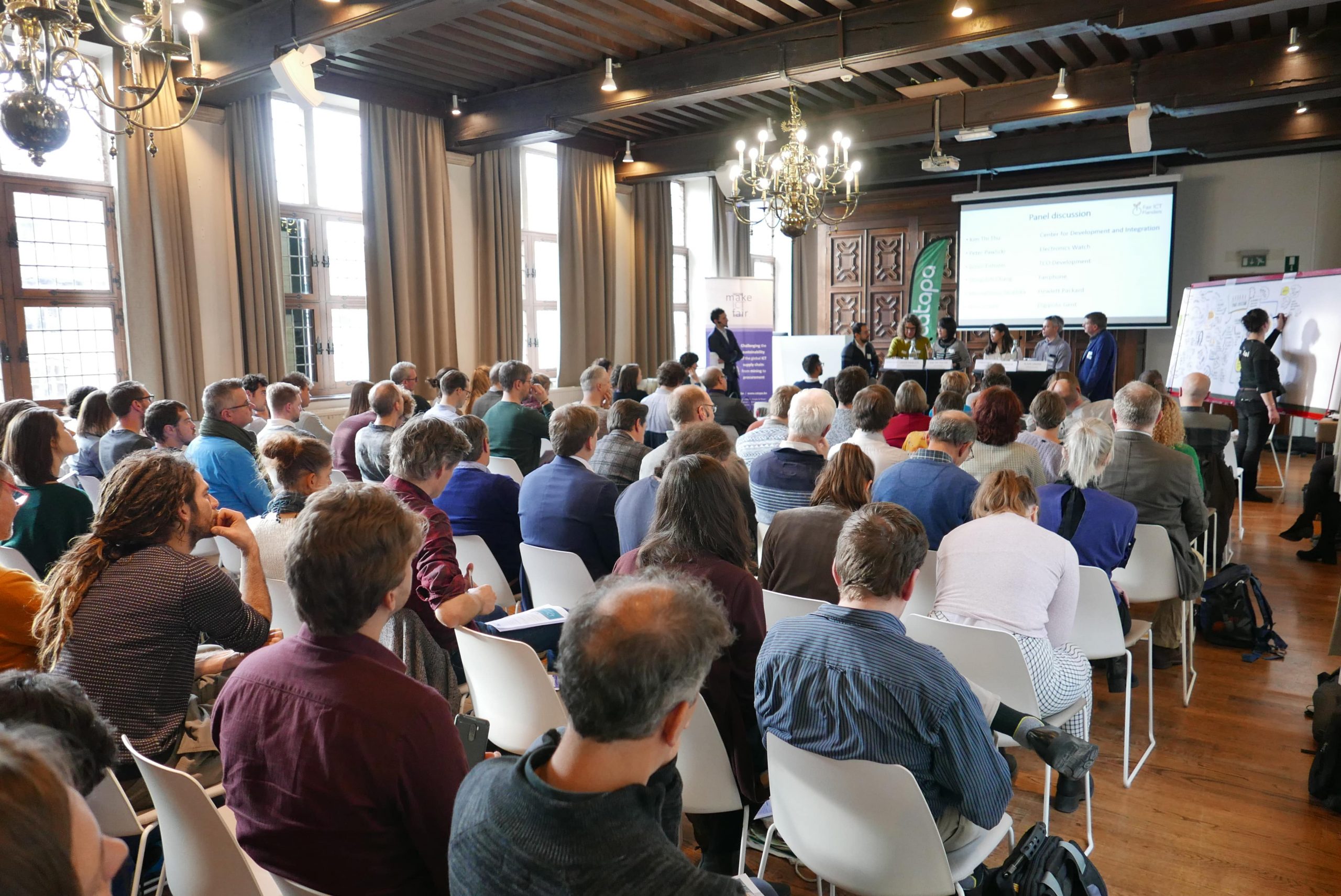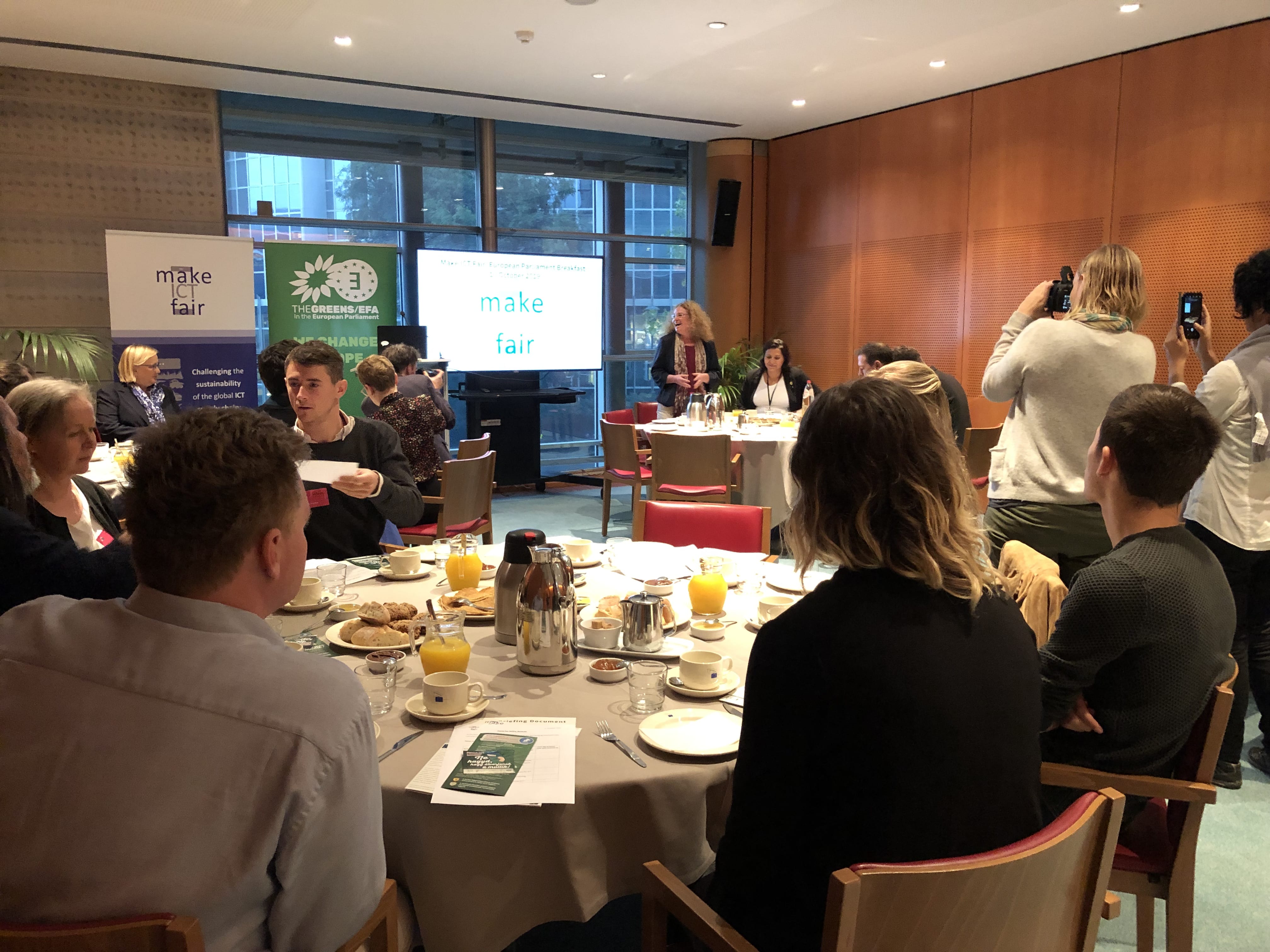Ten days of quarantine in Peru
Monday marked the start of the second week of quarantine in Peru. What does quarantine imply in a country like Peru?
We escaped for a few days to a cabin in the forest, away for a while, away from the world, the crazy world that we don’t seem to understand at all these days. And when we wanted to step back into that world after a few days, it turned out to be closed for us. Peru is in quarantine. An entire country, and already almost an entire world, in quarantine.

Corona horror stories
For a while now the corona virus has the entire world in its grip. In every single conversation of the past few weeks another corona horror story came up. We’re bombarded with numbers of deaths which are difficult to grasp and which make the situation seem even more unreal, no matter how real it all is. And little by little, we pass all phases.
Denial, because surely the virus won’t be that much more serious than the usual flu. Doubt, because it suddenly seems to spread very quickly. Fear, because it is getting closer and closer and the measures are getting more drastic. Anger, because why are so many people still not taking it seriously?
In general, Peru has taken the situation very seriously. We spent a few days in our ’cabin in the woods’, as we jokingly called it. A few days away from the corona craze that we didn’t understand yet and seemed to still be light years away. And then you’re in the car back to the city on Sunday night when you suddenly have cell phone reception again and hear the president of the nation declaring on live television that all of Peru is going to be quarantined.
Where to, the friend behind the wheel asks, where do you want to spend the next few weeks? Do I drop you off at your mom’s or at your boyfriend’s? Because wherever you get out of the car, that´s where you’re staying.
So here we are.
Panic
On Sunday the 15th of March Peru heard the news. On Monday everyone had one last chance to relocate, before all national and international transport was put to a halt at midnight. Borders closed. Everything closed. Only supermarkets and other food stores, hospitals, pharmacies and banks are allowed to remain open.
Panic arose on Monday. Because what does quarantine mean in a country like Peru, without any form of social security?
The president promised 380 soles (about 100 euros) to every family who wouldn’t be able to make ends meet during the 15 days without work. But how do they decide which families can’t? And how do they get the money? And when exactly? Questions arose, as did the unrest.
Only after a whole week there was some news about the 380 soles. A website was launched where you could sign up for a chance to receive the allowance. That same day, officials appointed by the government went to the communities looking for families in need. Only a week later. Not hard to imagine the level of concern that flooded the population.
And rightly so. Peru is no Belgium, where most of the citizens continue to work from home. Peru is a country in which more than 70 percent of the population works in informal sectors. In which the vast majority of the population is dependent on their daily income to put food on the table. A day without work equals a day without food.
And what about all non-Peruvians in the country? Every day I see the necklace that was made by my two fantastic Venezuelan friends hanging around my neck. What about them? What about the thousands of Venezuelans in Peru who are left to their own?

Chaos
Markets were flooded by panic and people that first Monday. People took whatever they could get and ran. Market vendors started to panic, prices doubled, tripled. Policemen trying to keep the peace and to arrest anyone stealing, now also had to start arresting vendors raising their prices. The chaos grew.
Waiting in line for three hours to buy eggs, only to find out they are sold out. Bosses who don’t believe in quarantine and demand employees to show up at work. Bus companies that continue to sell bus tickets, only to have the police rush in and shut everything down at the time of departure.
Tourists who don’t have a clue what is happening and go back to their hostels, some of them finding themselves in front of locked doors. Because doesn’t corona come from Europe?
And me, wanting to make use of those last hours of free movement in the evening, which was allowed until midnight. Only to find 15 soldiers blocking my way after only half a block on my bike. The quarantine is no joke.
Arrests
On the second day the severity of the situation becomes even more clear to us. On Tuesday, the Ronda Campesina starts roaming the streets in the north of the country. The civilian police. The gravity of the situation sinks in in Cajamarca, where the rondas command far more respect than the police will ever do. The declared state of emergency brings back memories of the protests against the mega mining project Conga here, in which several people lost their lives.
On Wednesday, the government declares a ‘toque de queda’, a curfew. No one is allowed to be outside between 8 p.m. and 5 a.m., no matter what. People who disobey are arrested immediately.
The following morning, social media is flooded with videos of the first violations of the rules. A man who went to take out the trash and immediately got surrounded by five police cars. To the police station. A man who got arrested, jumped out of the police car and was chased by the policemen. A man who wanted to walk his dog and got arrested right outside his front door, with on the background his wife screaming about the dog being taken away, not about her husband.
My neighbours all got locked up for a night for playing football in the park. We laugh, but the quarantine is no joke. The quarantine is serious.
And the quarantine has to be taken seriously. There are 250 intensive care beds in Peru. 250. And look at how many cases there are now. In Peru, the figure currently stands at 480. Seven people lost their lives in just a few days.
This is just the beginning. We have to fix this now, because Peru can’t cope with a crisis like the ones in Italy or Spain. Honestly, who can?

No hospitals
And like this Peru was the first country across Latin America to impose such strict measures. And yes, it is scary to see soldiers, police officers and farmers with firm sticks walking through the streets. It’s scary to hear the stories from the past and see how citizens are losing more and more rights and how we are slowly moving in the same direction.
But it is even scarier to realize that there is not a single hospital here in Cajamarca that will be able to save an emergency corona patient. That to gain access to a ventilator, you have to travel at least seven hours to the coast. That there are currently only 50 ventilators left in the entire country, and they will most likely all be in use by the end of this week.
It’s scary that upon calling the corona emergency number for my friend who has been sick for three weeks, we were casually told that “this would mean that she would have had corona virus for three weeks and in that case she would have been dead for a long time already, so she shouldn’t worry”. I understand that the line is overloaded, but then when will you be taken seriously? When do they test you?
It is scary to realize that in the meantime the Amazon region is facing the highest number of dengue cases in the history of Peru, and there will not be a single bed left for the first corona patient needing intensive care.
It’s scary to realize there are several thousands of Peruvians suffering from tuberculosis who, if infected, will not survive the virus.
And it’s scary to see that more than 18,000 people have already been arrested for disregarding quarantine measures and are continuing to go out on the streets as the virus spreads.
Difficult issues and problems
The quarantine is serious, the quarantine is necessary, Peru has acted well. But with the quarantine a lot of issues and problems arise. And I’m not just referring to the economic problems.
For fifty percent of women and girls in the country, their home is the least safe place to be. It’s the place where they are most exposed to sexual abuse and gender violence. The first feminicide since the start of quarantine was committed in Arequipa on Monday. It barely took a week for a woman to be stabbed to death in her own home by her boyfriend. Two reports of rape have thus far been made, involving a little 4 year old girl and a 14 year old, both in their own house.
The emergency line of the Ministry of Women and Vulnerable Populations received 2,500 calls in the past week. 208 complaints were made. 38 women have already been transferred to relief centers. Prolongation of the quarantine raises difficult issues. Mandatory imprisonment with your rapist, can you imagine?
Self-made rules
And what about the abuse of power that quarantine entails? Discrimination? Corruption?
Several officers seem to have set their own rules, forcing people to close their windows or even turn off their lights after eight o’clock, threatening with gunshots. Other policemen arrest random people on the street, because who can prove that they are actually on their way to the supermarket or that they have only been outside for half a minute?
Others will make an exception if you give them some money – how many agents accepted money when a friend’s uncle traveled seven hours back to Cajamarca on the seventh day of quarantine?
And then there is the video of a military captain. Instead of taking a young man that wasn’t respecting the curfew to the police station, the captain beat him on the street. Various times. Hard. The man in question has since been fired, although he receives support from nearly all over the country. After all, people say, military soldiers are trained to serve their country ruthlessly, and we must understand that a soldier is not the same as a police officer, and doesn’t work the same way.
So what does that mean? Should we just tolerate this type of aggression then? Can we expect more of this? And why is there such a contrast in the way people are arrested in the wealthier neighborhoods, such as Miraflores in Lima, compared to the young man of the video for example? And why are women treated differently than men? Or why was I not checked at the supermarket while the local woman next to me was immediately arrested? How do we tackle this kind of discrimination?

Bus de la muerte
And what about the congressmen who allowed themselves and their families to board a humanitarian flight from Lima to Cusco? A flight that was organized to return vulnerable families stranded at the airport in Lima, often without money, to their families. Who gives them the right to take those much needed places?
It’s no surprise the people of Peru have become alert. And that the bus that suddenly appeared a few hours’ drive from Cajamarca during the night from Thursday to Friday was immediately noticed. Vigilant citizens sent photos and videos into the digital world, and the bus route was followed all over Cajamarca on social media. The mysterious bus de la muerte was approaching the city. Who was on the bus, where did it come from?
The bus was coming from Moquegua, in the very south of the country. It had already traveled 2000 kilometers, about 35 – 40 hours, across the entire country. How can a bus travel 2000 kilometers in the middle of a national quarantine? How is it possible that no one has made the bus stop during its 40 hour journey while I can’t even reach the corner of my street on my bicycle? And who was on board?
Turns out there were 32 passengers on the bus. 32 mine workers. There you have your answer. The bus had permission. And just like that, 32 passengers who had crossed the entire country, entered Cajamarca, where no case of the coronavirus had yet been detected. Panic.
But the bus was allowed to drive. On Tuesday, we were already informed through an official document that the Ministry of Economy will make exceptions for essential activities during the national quarantine. And how would we survive a quarantine without winning copper? Extremely essential, of course, mining.
Mine interests and violations
The speculations started immediately. Is the declared state of emergency being used in the interest of mining? Why is no one in the country allowed to work while the mining companies just carry on with their business? Isn’t that also a form of discrimination? On Friday, President Vizcarra spoke out about the issue and declared that they would not accept pressure from any group with a particular interest in society.
According to his statement, some mining activities are carried out in remote places, where workers are isolated, where no one enters or leaves, and it is arranged that these activities may continue given proper isolation.
The departure of workers, such as the group from Moquegua which drove all the way to the north of the country, is however prohibited because it violates the measures.
But is that the only aspect that conflicts with the measures? The interprovincial movements? What about the hundreds of trucks that transport minerals between different regions every day? What about the rural population in the immediate proximity of the mining activities? Or the employees who often travel two or more hours, back and forth, to get to their work at the mine? It suddenly turns out these activities are not as isolated as they make it seem.
Health first
In the south of the country, complaints against the mining company were made public by the mine workers themselves, as well as by the local communities near the mining projects Las Bambas, Antapaccay and Shougan. The mining companies continue to work normally. Not just isolated, not just the basic tasks, barely any extra safety measures. Business as usual, 24 hours a day. And that is a violation.
The Peruvian government should always put the health of its inhabitants above personal interests. Which does not include buses driving across the country to let employees go home in the middle of quarantine.
Health comes first. When three young people arrived to Cajamarca all the way from Arequipa, after illegally having traveled for over 30 hours in cardboard boxes in the back of a truck, their own families denied them access to their own homes, to protect themselves and everyone around them. The three youngsters were arrested on the street shortly after. If a family can deny their own family members access to their own home to not put anyone at risk and follow the measures, then the government should for sure start taking these measures more seriously themselves. And then it should for sure be possible to suspend the work in the mines for a while, or at least ensure that the activities are carried out following the proper isolation measures. Neither the employees nor the neighboring communities, the most vulnerable part of the population of Peru, should be put in danger.
Standing still
Different communities all over the country have now closed their access roads by themselves. The streets are quiet. Thousands of disobedient Peruvians are still being arrested every day, but at the same time the conscience about the importance of quarantine is growing.
Peru has responded, and incredibly fast. The world seems to be standing still for a moment, but it isn’t. The world isn’t standing still, we are. And let’s continue to stand still for a little longer.
Stay inside.




